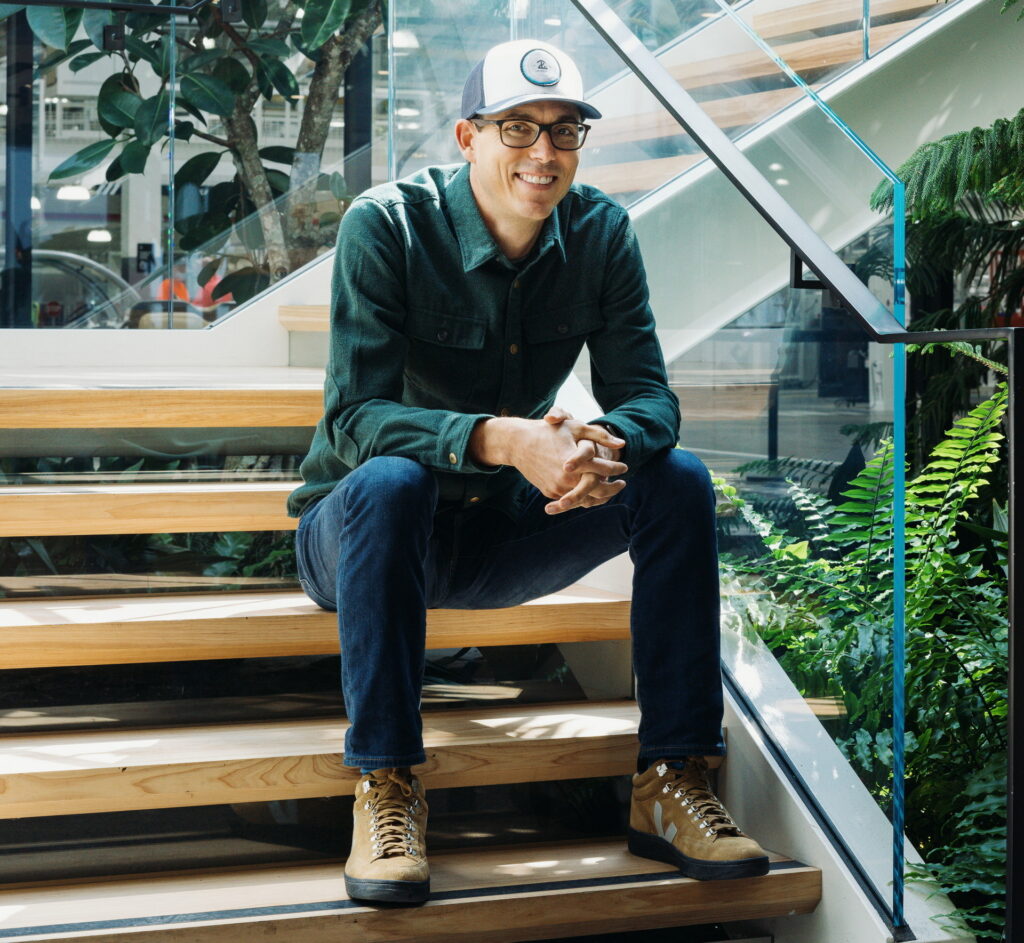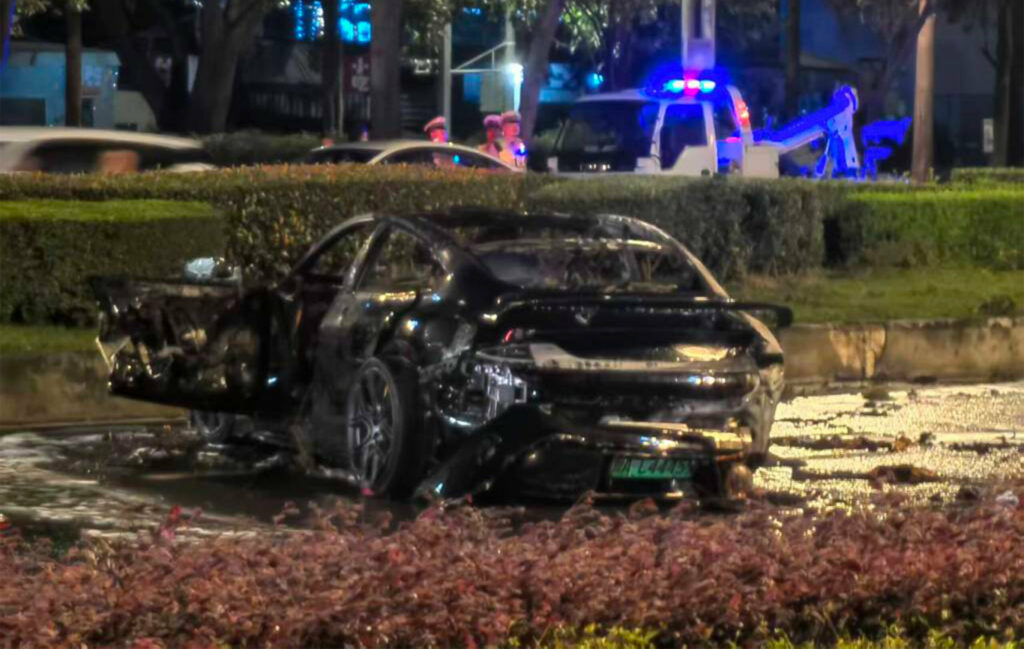Ford’s Jim Farley Was “Shocked” After Tearing Down Chinese And Tesla EVs

- Ford found the Mach-E used a full mile more wiring than Tesla’s Model 3.
- Jim Farley said the teardown of Tesla and Chinese EVs was “humbling.”
- Chinese automakers’ rapid progress left Ford racing to catch up globally.
Like many long-established carmakers, Ford has found itself under growing pressure from Tesla at home and an increasingly assertive wave of Chinese manufacturers abroad.
These newer players seem more adaptable, often leading in electric-vehicle design and software integration, areas where legacy automakers like Ford have struggled to keep pace. Chief executive Jim Farley doesn’t shy away from acknowledging the scale of that challenge.
Read: Ford CEO Warns China Could Put Every American Carmaker Out Of Business
Not long after Ford’s boss remarked that the threat from Chinese automakers now exceeds what Japanese carmakers posed in the 1980s, Jim Farley described the “shocking” moment that spurred him to rethink the company’s direction.

He said Ford’s engineers were taken aback when they began tearing down both the Tesla Model 3 and several Chinese-built electric cars, realizing just how far ahead those manufacturers had moved in terms of cost, efficiency, and software integration.
“I was very humbled when we took apart the first Model 3 Tesla and started to take apart the Chinese vehicles,” he told former Wall Street Journal reporter Monica Langley on the Office Hours: Business Edition podcast. “When we took them apart, it was shocking what we found.”
What Ford Found Inside
Ford’s engineers quickly learned that the Mustang Mach-E carried an extra mile of electrical wiring compared with the Model 3, adding unnecessary weight and complexity. That revelation, and others like it, convinced Farley to separate the company’s electric operations into a dedicated arm, the Model E division, in 2022.

“EVs are exploding in China,” Farley said, noting that the Chinese government had “put its foot on the economic scale” in support of battery-powered vehicles.
“We can’t walk away from EVs, not just for the US, but if we want to be a global company, I’m not going to just cede that to the Chinese,” he added.
Financially, Ford’s move to establish the Model E division has yet to bear fruit, losing more than $5 billion last year. However, Farley isn’t prepared to throw in the towel.
“I knew it was going to be brutal business-wise,” he said. “My ethos is, take on the hardest problems as fast as you can and do it sometimes in public because you’ll solve them quicker that way.”
If You Can’t Beat ‘Em, Join ‘Em
Last year, Farley revealed that he had been driving a Xiaomi SU7 daily and praised the electric sedan. Evidently, he understands not only the importance of answering the threat posed by the Chinese but also just how quickly Ford needs to respond.
One of the company’s most crucial upcoming projects is a mid-size electric pickup priced around $30,000. Built on a new architecture designed to underpin several future models, it represents the next test of whether Ford can match the speed and efficiency of the competition









